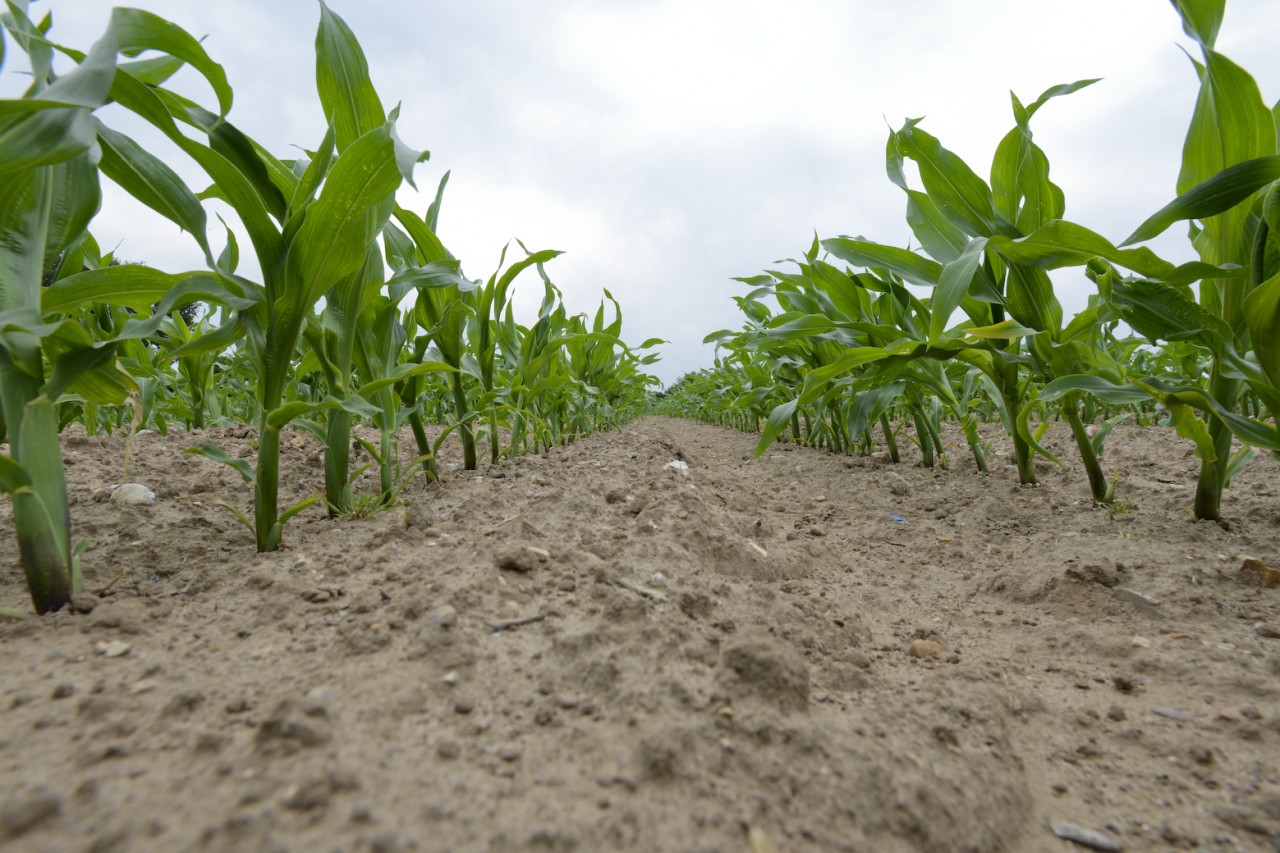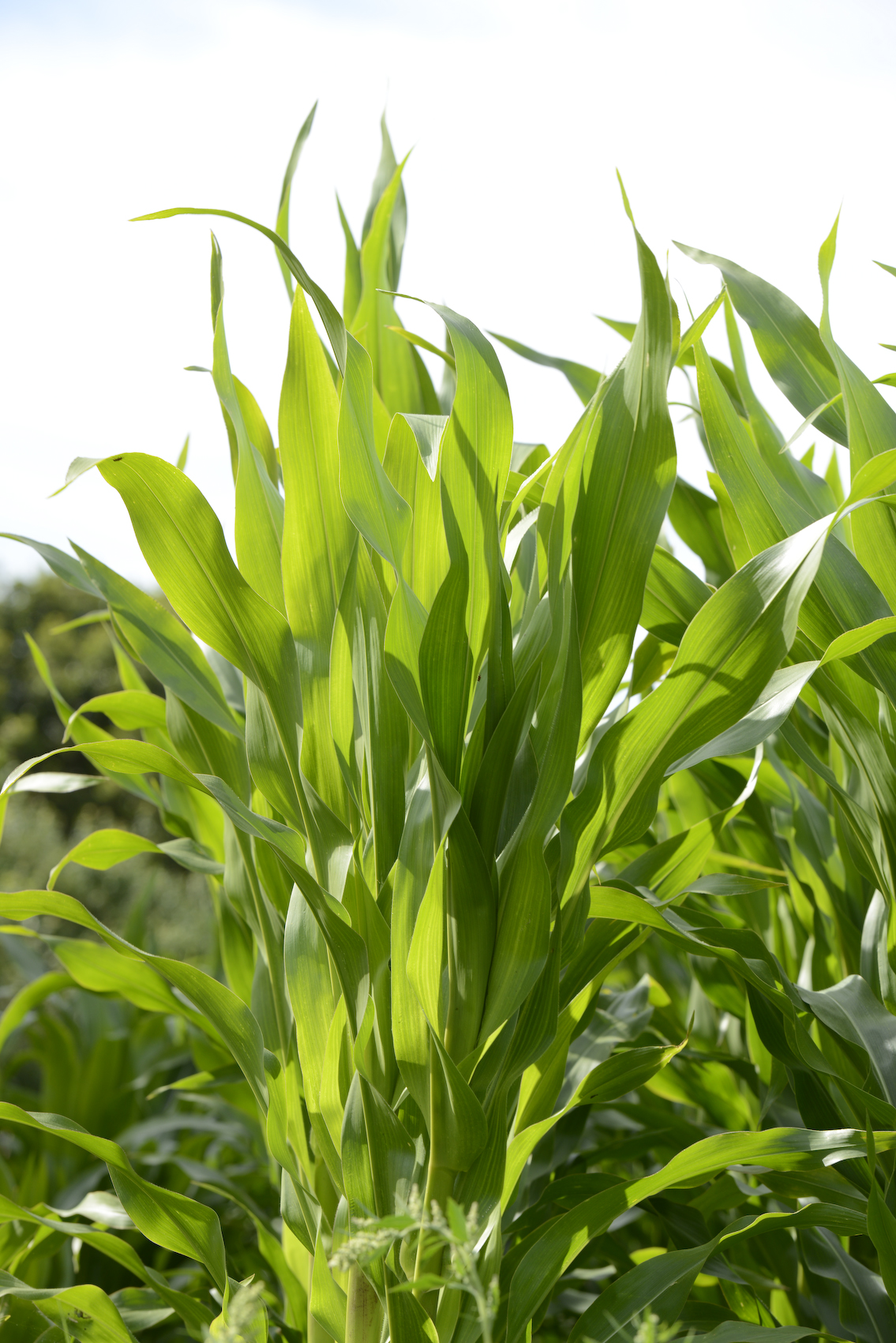Foliar feed timings seen to increase maize yields
For some people maize is perhaps seen as a somewhat less worthy crop when it comes to allocating management time and resources. Getting it in, being conservative with inputs and taking whatever yield comes along at harvest is often the order of the day.
I think if more growers knew what could be achieved by pushing maize harder, they might take a different approach and in turn boost their output at harvest – meaning more yield to either feed livestock or an AD plant. For example, good management could equate to an extra 3,697 litres of milk from each ha of maize grown as feed for a dairy herd. At 28p per litre this is an additional £1,035/ha of income.
This is especially pertinent at the moment given 2018's challenging weather and consequential reduction in forage availability.
Here at BCW Agriculture we give maize the full attention to detail which it deserves. By boosting crop nutrition at key timings, it is possible to manipulate cob size and grain yield which will in turn increase the output/ha of milk, live weight gain or gas production.
We use strategic pre-emergence weed control, which allows later post emergence weed control timings. It is then possible to reduce early weed competition and incorporate foliar feeds at the correct timing to have a positive effect on cob production.
Foliar feed improves performance
Foliar feeds do two jobs within crop establishment, they improve efficacy of herbicides by stimulating weed growth and they reduce chemical stress on the crop at time of application. Applying at the five-leaf stage boosts the plant just before the cob is being formed which potentially increases the number of kernels.
A second application of foliar feed, applied with a fungicide as late a possible, will boost nitrogen availability within the plant when there is key demand for cell division. A slow release urea and potash applied at this stage feeds the crop through pollination and grain fill to maximise cob length and starch production. There is also a positive effect from the fungicide on cob size, the strobulurin of the fungicide creates a stay green effect similar to the way in which grain fill is improved in cereals
One of my grower customers, Andrew Evans at Bubney Farms Ltd has a milking herd of over 2,000 cows and grows around 1,000 acres of maize per annum. Bubney Farms fully adopted the BCW 'maize blueprint' programme after running alongside a conventional one-spray strategy over a three year period. Andrew explains, "Although there was an increase to input costs, this was far outweighed by yields which increased by up to 10%. Meanwhile, analysis of maize silage also showed improved quality giving a far greater increase in milk output from forage per ha."
An extra 3,697 litres of milk or £1,035 produced from every hectare?
AHDB gives 17.24t/ha as the mean for dry matter production across all varieties in 'less favourable' areas which equates to £1,112 at a price of £64.50/t standing crop.Therefore, a 10% increase in yield gives another 1.72t/ha of dry matter, or £110.94/ha.
Meanwhile, for those growing maize to feed cows in milk production the numbers are even more startling. The mean energy production for all varieties on the AHDB recommended list for 'less favourable' sites is 195,984 Mega Joules/ha. Therefore, if we increase Mega Joules /ha by 10%, as has been Andrew's experience, this can be worth 19,598 Mega Joules. It takes 5.3 Mega Joules of energy, in a cow's diet, to produce a litre of milk which means 19,598 Mega Joules converts to an extra 3,697 litres milk/ha. At a milk price of 28p per litre this has a value of £1,035/ha additional income. Even taking into account the increased cost of inputs as described earlier, this gives a return on investment for every pound spent of more than tenfold!
Whether you are growing maize for AD, to increase live weight in cattle or to feed cows producing quality milk, the numbers add up if you get the management of this crop right and invest in a little TLC during the season.
As a subscriber, you’ll receive email alerts each time a new blog is published so you can always stay updated with the latest advice and insights from our experts





Comments